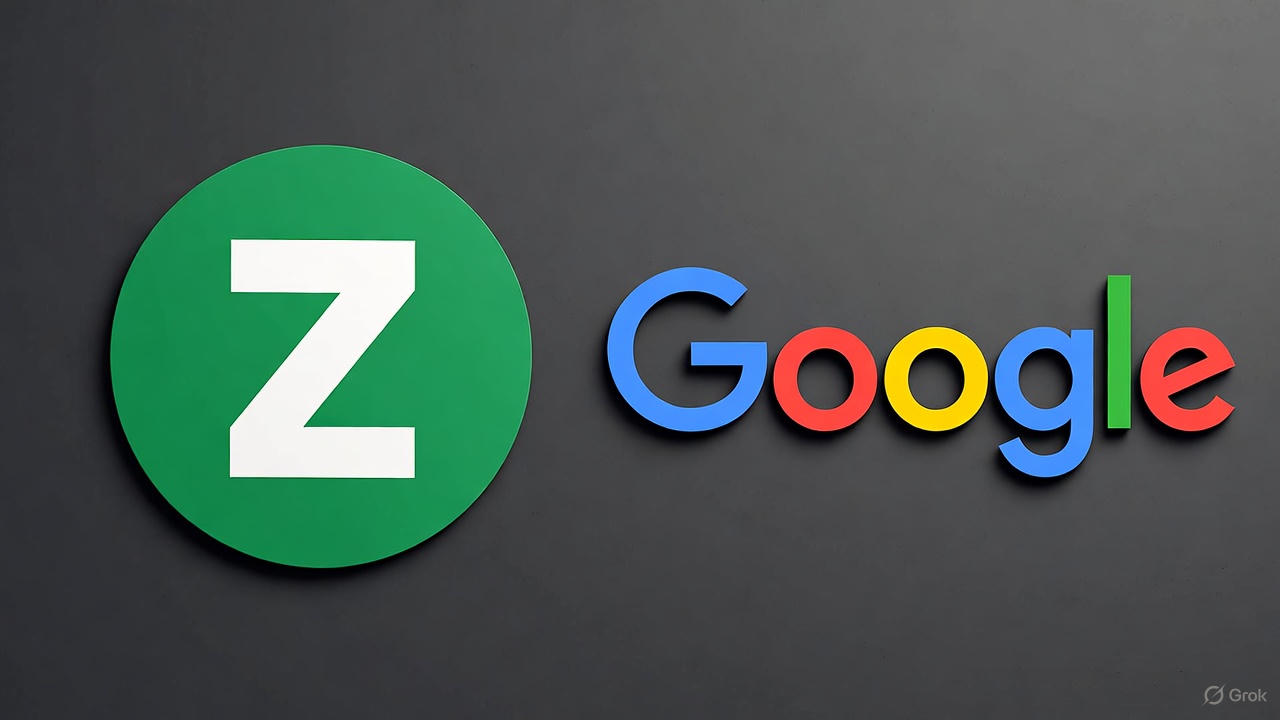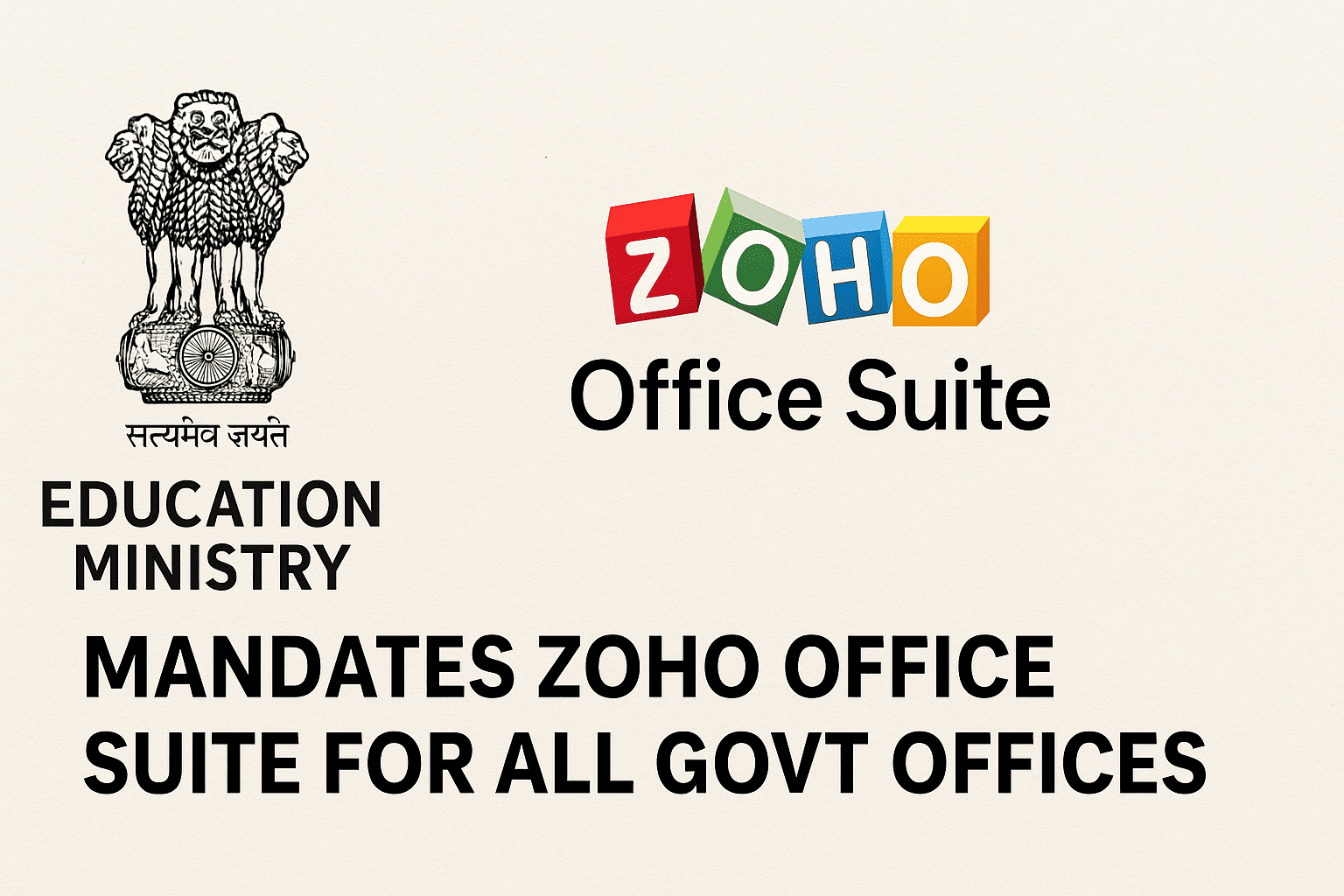Zoho Workplace vs Microsoft 365

Zoho vs Google Workspace: The Rising Battle for Business Productivity Tools
In the competitive arena of business productivity tools, Zoho and Google Workspace stand as prominent contenders, each offering robust suites designed to enhance collaboration and efficiency. This comparison examines their profiles, functionalities, advantages and drawbacks, and potential for sustained success, providing organizations with informed decision-making insights.
Who Are Zoho and Google Workspace?
Zoho Corporation, established in 1996 in Chennai, India, is a privately held multinational specializing in cloud-based software solutions. Led by founder Sridhar Vembu, it serves over 100 million users globally through a diverse ecosystem that emphasizes affordability and data privacy, without reliance on advertising revenue.
Google Workspace, formerly G Suite and launched by Alphabet Inc. in 2006, is a comprehensive productivity platform utilized by millions of businesses worldwide. Backed by Google's vast infrastructure, it integrates seamlessly with the company's broader services, focusing on scalability and user familiarity to support enterprise-level operations.
Google Workspace, formerly G Suite and launched by Alphabet Inc. in 2006, is a comprehensive productivity platform utilized by millions of businesses worldwide. Backed by Google's vast infrastructure, it integrates seamlessly with the company's broader services, focusing on scalability and user familiarity to support enterprise-level operations.
What Do They Do?
Zoho Workplace delivers an integrated suite encompassing email hosting via Zoho Mail, document editing with Zoho Writer, spreadsheet management through Zoho Sheet, presentation tools in Zoho Show, file storage in Zoho WorkDrive, team chat via Zoho Cliq, and video conferencing with Zoho Meeting. This ecosystem extends to CRM, project management, and analytics, enabling end-to-end business workflows with strong customization options. Google Workspace provides analogous capabilities, including Gmail for email, Google Docs for word processing, Sheets for data analysis, Slides for presentations, Drive for storage, Chat for messaging, and Meet for virtual meetings. Its strength lies in AI-enhanced features like Gemini for content generation and real-time collaboration, alongside extensive third-party integrations.
Pros and Cons of Using Zoho
Pros: Zoho excels in cost-effectiveness, with flexible plans starting at lower entry points and offering up to 50% savings compared to competitors, making it ideal for small to medium-sized enterprises. It prioritizes data sovereignty and privacy through ad-free environments and robust compliance controls, such as multi-factor authentication and IP restrictions. The platform's deep integration within its own app family facilitates streamlined operations for users already invested in Zoho's tools.
Cons: Zoho's interface may appear less intuitive for newcomers, potentially requiring a brief adjustment period. Storage limits on lower tiers—starting at 5 GB per user—could constrain data-heavy teams, and its global integrations are fewer than those of larger platforms, limiting compatibility with some niche third-party services.
Pros and Cons of Using Google Workspace
Pros: Google Workspace offers superior ease of use and rapid onboarding, leveraging familiar tools like Gmail and Drive that benefit from Google's ecosystem for effortless file sharing and AI-driven productivity boosts. It provides generous storage—15 GB free per user, scalable to unlimited—and excels in real-time collaboration, supporting large-scale teams with features like advanced video conferencing for up to 500 participants. Extensive marketplace integrations enhance versatility for diverse workflows.
Cons: Pricing is higher across tiers, which may burden budget-conscious organizations, and its reliance on data for service improvements raises privacy concerns, including potential ad targeting in non-business contexts. Customer support can be limited for non-enterprise users, often relying on self-service resources rather than direct assistance.
Will This Battle Succeed for Zoho?
Zoho's challenge to Google Workspace holds strong potential for success, particularly in markets valuing affordability and localization. With equal user satisfaction ratings around 4.6 from peer reviews, Zoho's growth trajectory—fueled by its privacy focus and expandable ecosystem—positions it well for small businesses and emerging regions. However, sustaining momentum against Google's market dominance will require continued innovation in AI and integrations to capture larger enterprises. Overall, Zoho is poised for niche victories, potentially expanding its 5-10% global share if economic pressures favor cost savings.
Recent Adoption of Zoho by the Indian Government
In September 2025, India's Union Minister for Electronics and Information Technology, Ashwini Vaishnaw, publicly transitioned to Zoho's productivity tools, citing their alignment with the "Swadeshi" initiative for indigenous technology adoption. This endorsement, echoed by the Ministry of Education's directive on October 3, 2025, mandating Zoho Workplace for official communications and document management, underscores a national push toward data sovereignty amid U.S. trade tensions. The move, supported by Prime Minister Narendra Modi's calls for self-reliance, has spurred a surge in Zoho's user base, enhancing its visibility and reinforcing India's commitment to domestic innovation in public sector digital transformation.




